Last-Minute NYC Holiday Gift Guide 🎁
We’ve created a holiday gift guide with presents for the intrepid New Yorker that should arrive just in time—

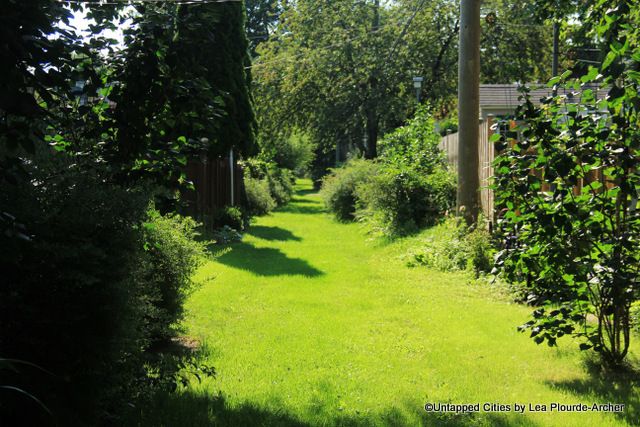
Ruelle Verte between 30th and 31st avenues, Bélanger street and Bellechasse street
The lack of parks and greenery is a common issue in the urban planning of big cities around the world. This is often due to a shortage of space. Different solutions are being developed, like green roofs, sidewalk gardens and pocket parks. In Montreal, many of the city’s districts have been working to solve these deficiencies by creating Ruelles vertes (green alleyways).
Montreal has more than 280 miles in alleyways hiding between the city’s tightly packed buildings. Prior to the creation of the Ruelles Vertes project, they were largely underused and served almost exclusively for local car circulation and for garbage disposal.
In 1968 a small group of architecture students had the visionary idea of creating a green alley, but without the support of local government, their idea didn’t make it very far. However, their efforts where covered in a documentary, and eventually one alley was converted, decades before the Ruelle Verte program started. In 1997, the first official green alley was inaugurated.
Since then, approximately 100 alleys have been converted by locals, with the help of district governments and EcoDistricts. The Ruelles Vertes have taken on many forms, depending on the needs of the people who initiated them. Generally, the asphalt is fully or partly removed, better water drainage systems are installed and lots of new flora is planted.
In order to become officially recognized, the Ruelles must respect a certain amount of criteria, most important of all: forming a strong citizen’s committee that will serve to prove how serious they are about wanting to undertake such a project.
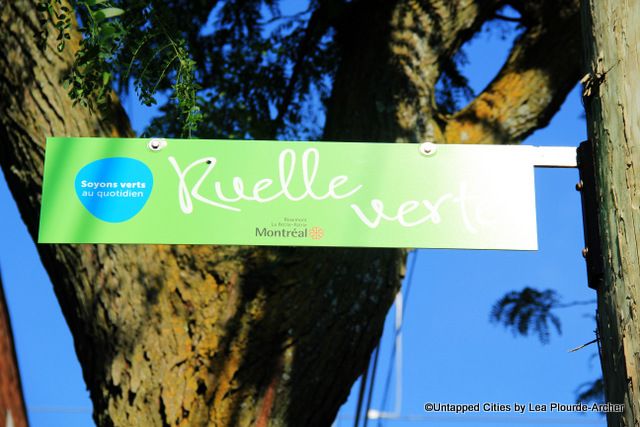
Official Ruelles Vertes are identified by signs
These rules are formulated because although local government and environmental organizations help to fund and operate the project’s layout and initial construction, citizens who live around it are responsible of the day to day upkeep of the green alleyway.
In recent years, demand has been growing to the point that many projects are delayed due to lack of financing. Certain districts have recently doubled their Ruelle Verte budgets but still can’t keep up with the number of requests. In order to choose which projects to carry out, local administrations tend to concentrate on alleys which are known as urban heat islands (removing asphalt and adding more flora will reduce heat retention).
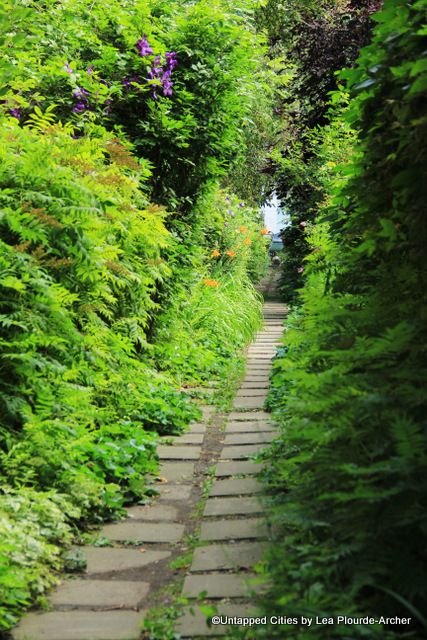
Passage Milton
Another beneficial aspect of the Ruelles Vertes is the space it provides for neighbors to come together and create a sense of community. They provide a safe, quiet space for people to meet up, garden, hold block parties and even concerts.
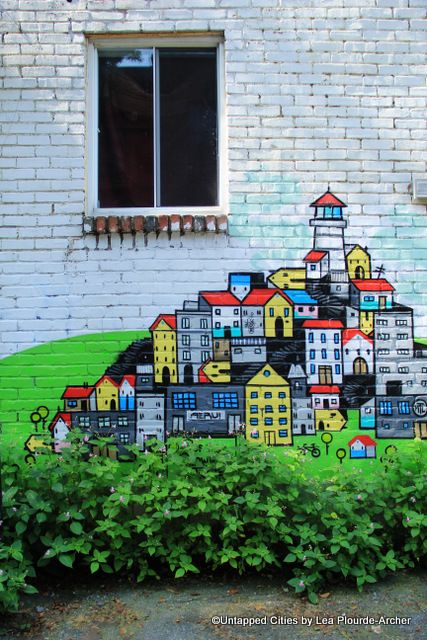
Street art in a Ruelle Verte
Montreal isn’t the only city where alleys are getting a much needed revival: Untapped contributor William Feuerman explored the laneways of Sydney in this 2011 article. Unlike Montreal, many of these renewed alleys in Sydney are located in commercial areas, where lots of untapped space between buildings is just waiting to be used. Chicago, Brisbane and Seattle also have interesting alley rejuvenation programs that are worth checking out.
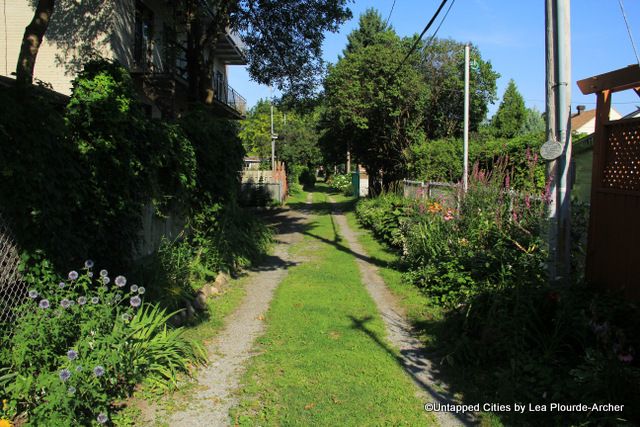
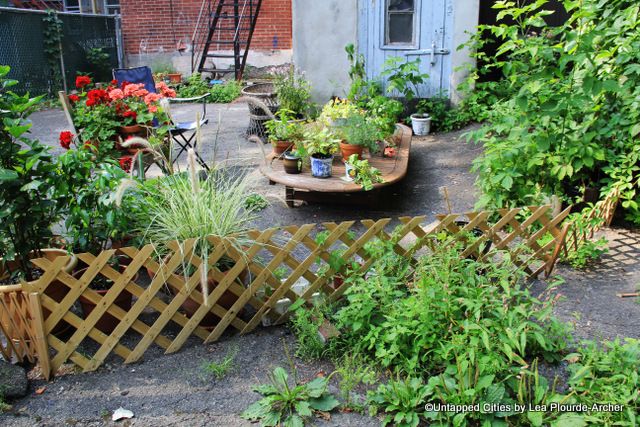
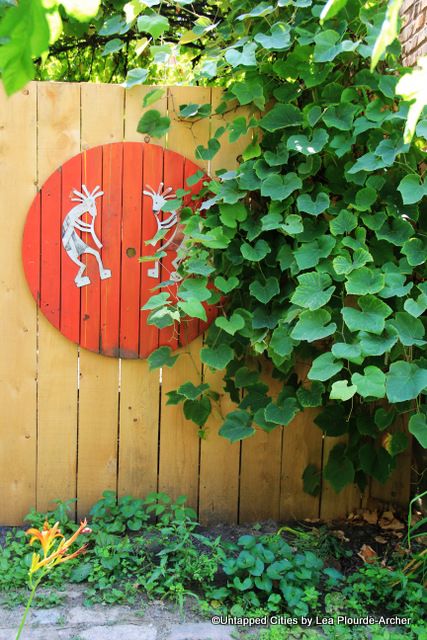
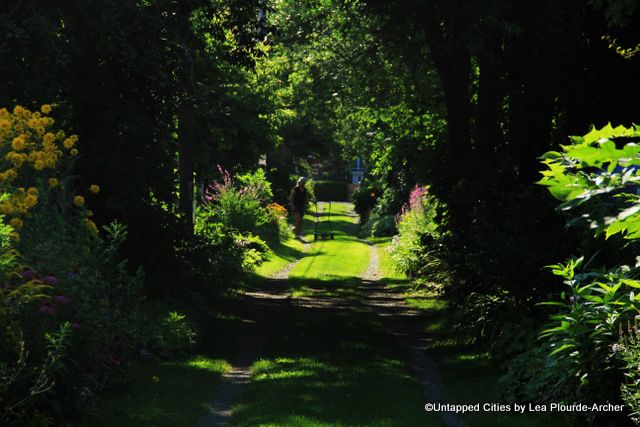
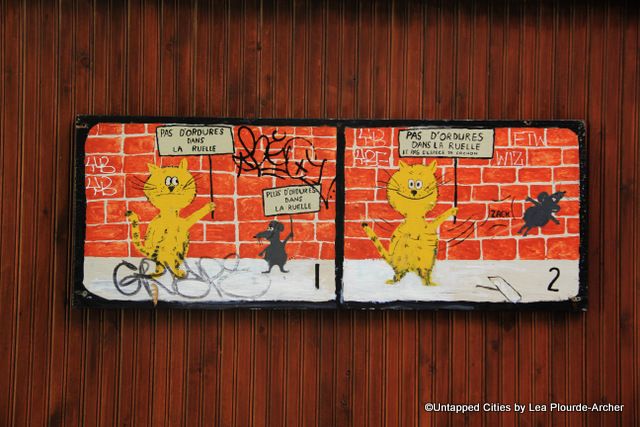
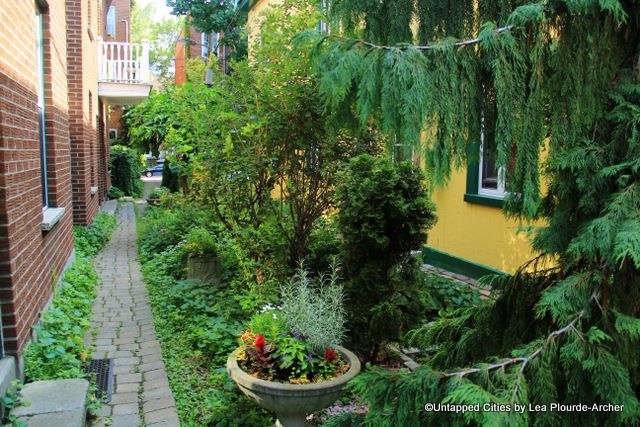
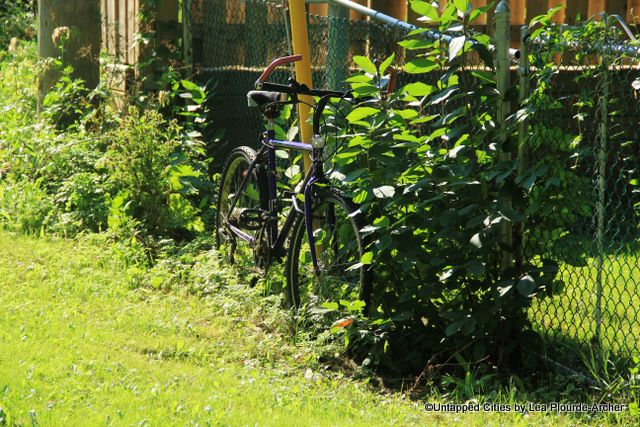
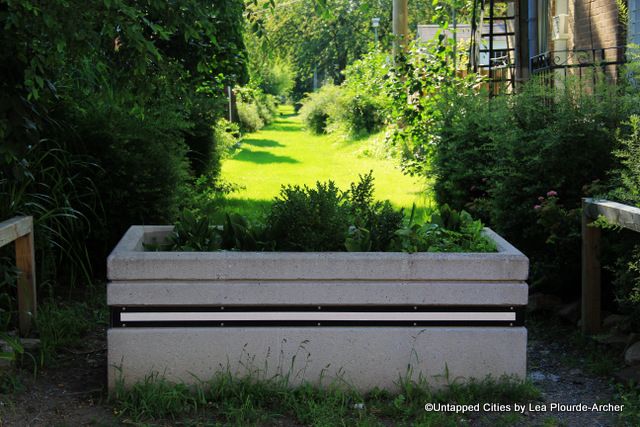
If you’d like to discover Montreal’s ruelles vertes and witness just how widespread they are becoming, check out this customized Google Map (courtesy of ruelleverte.wordpress.com).
Subscribe to our newsletter